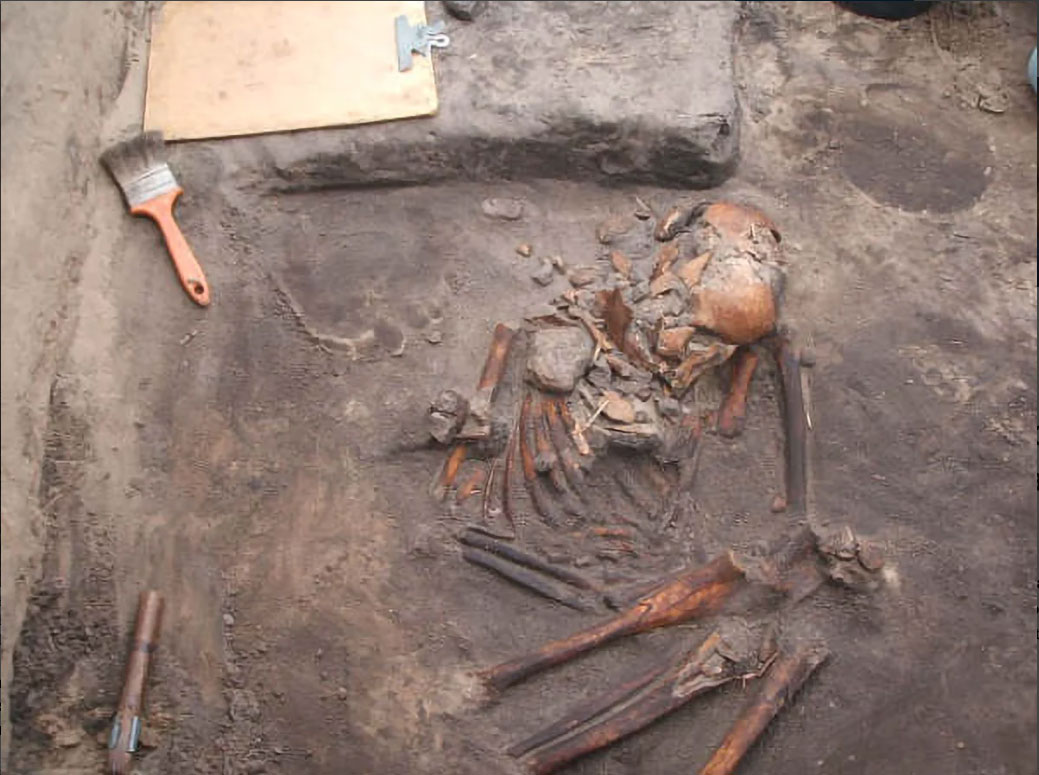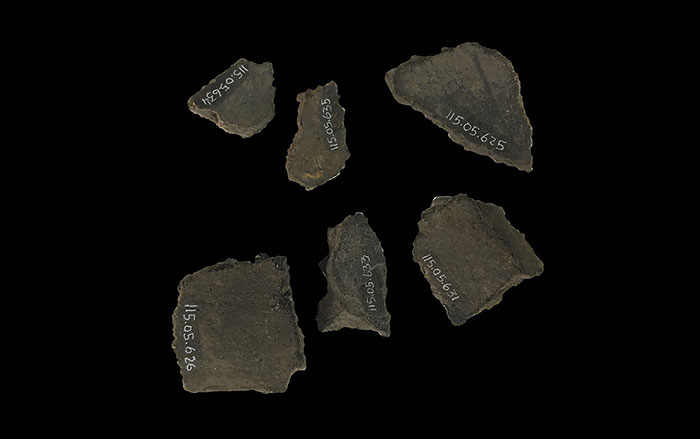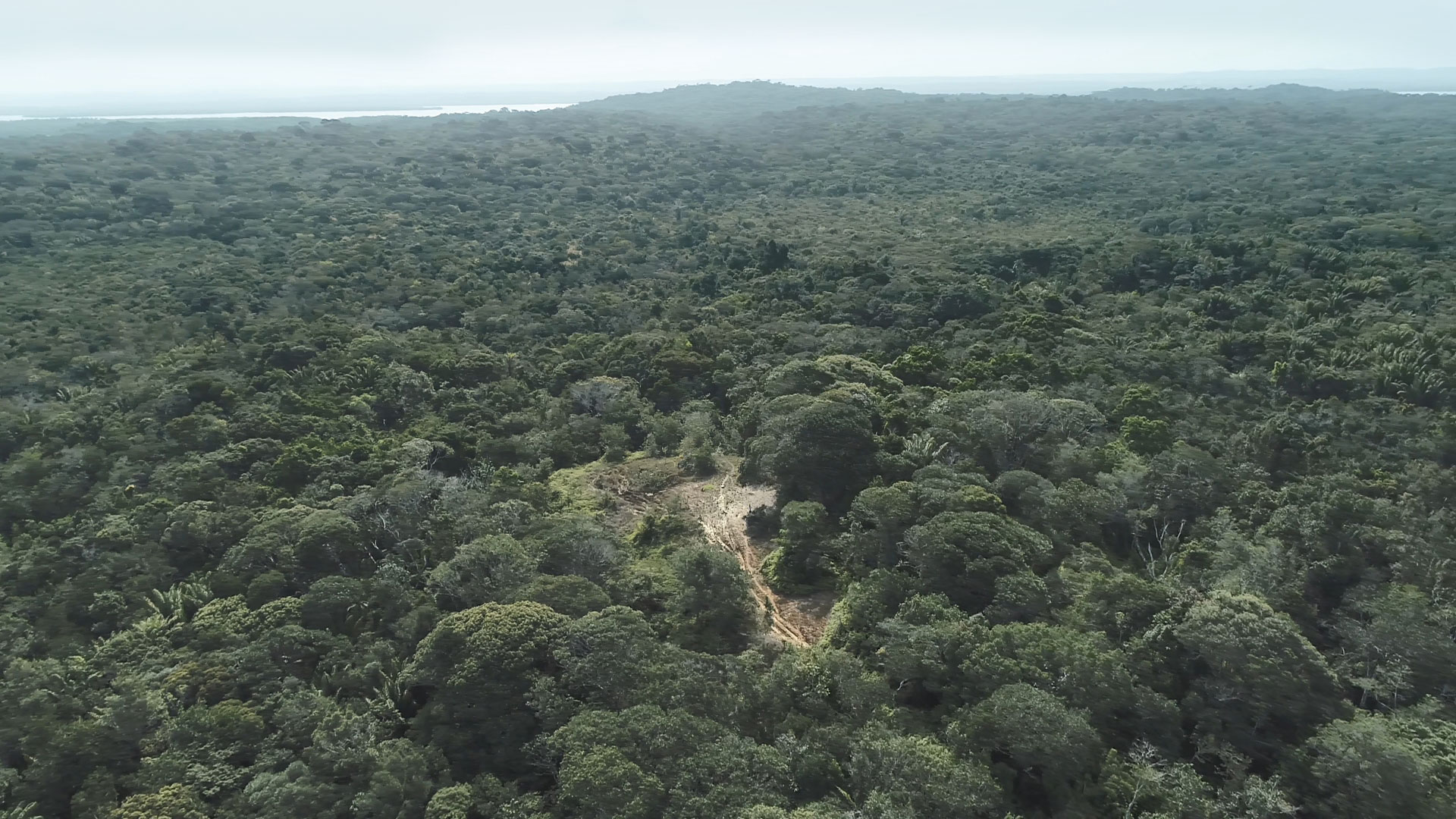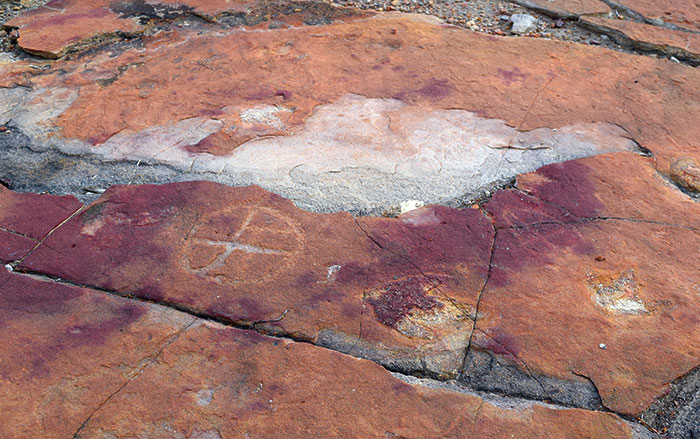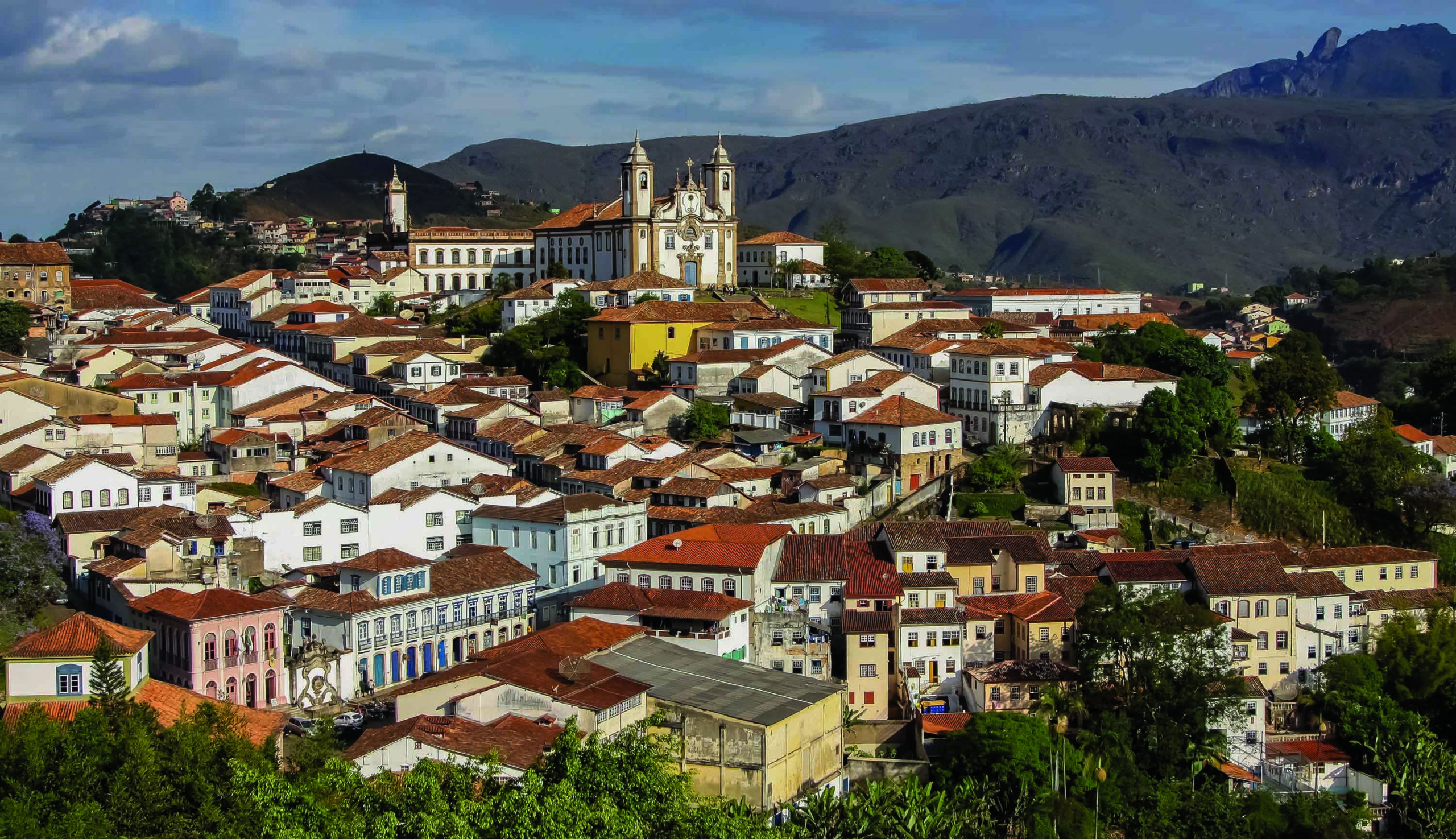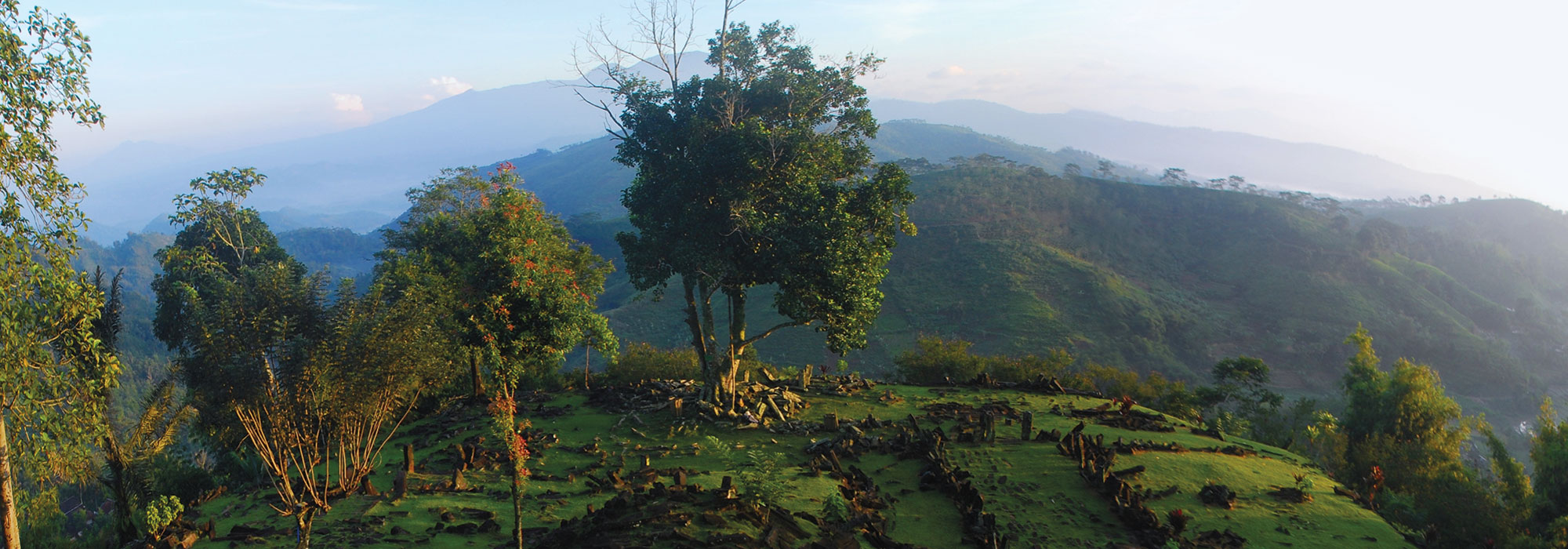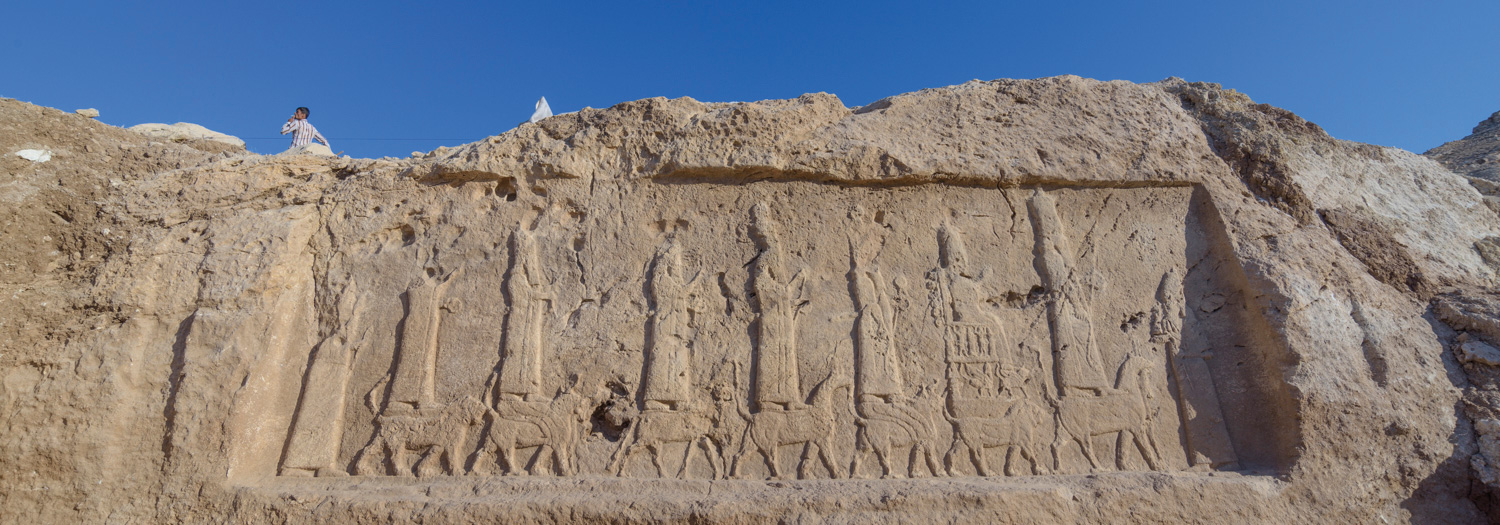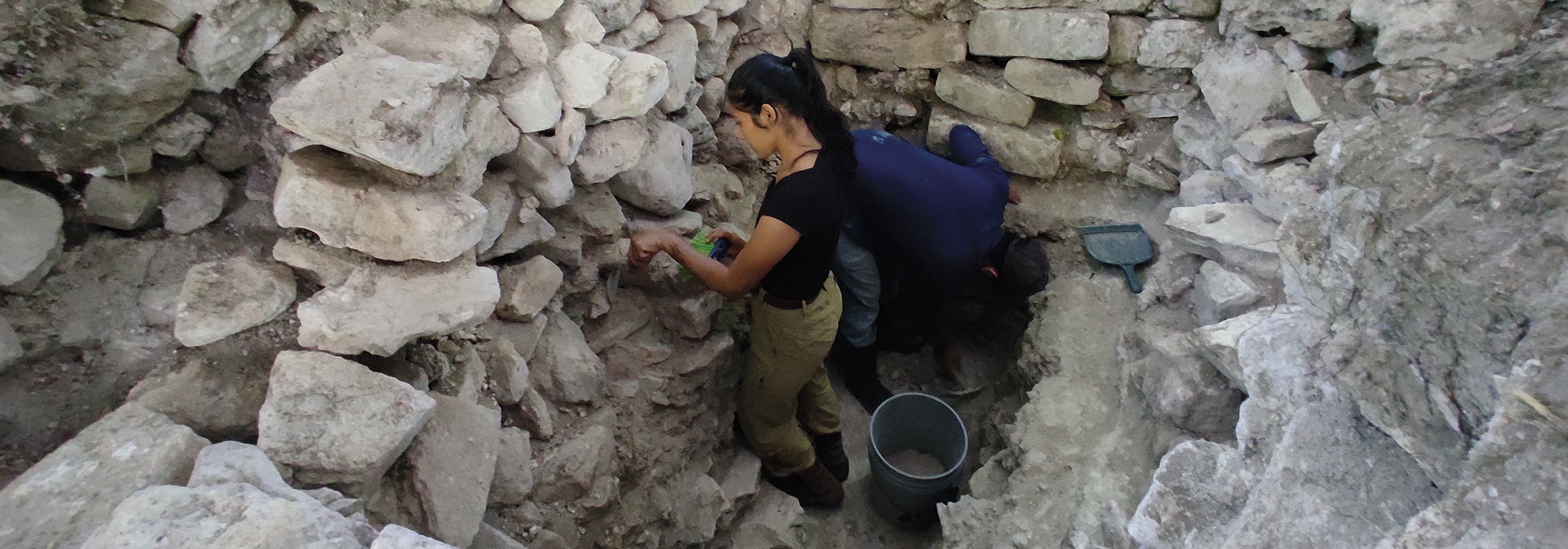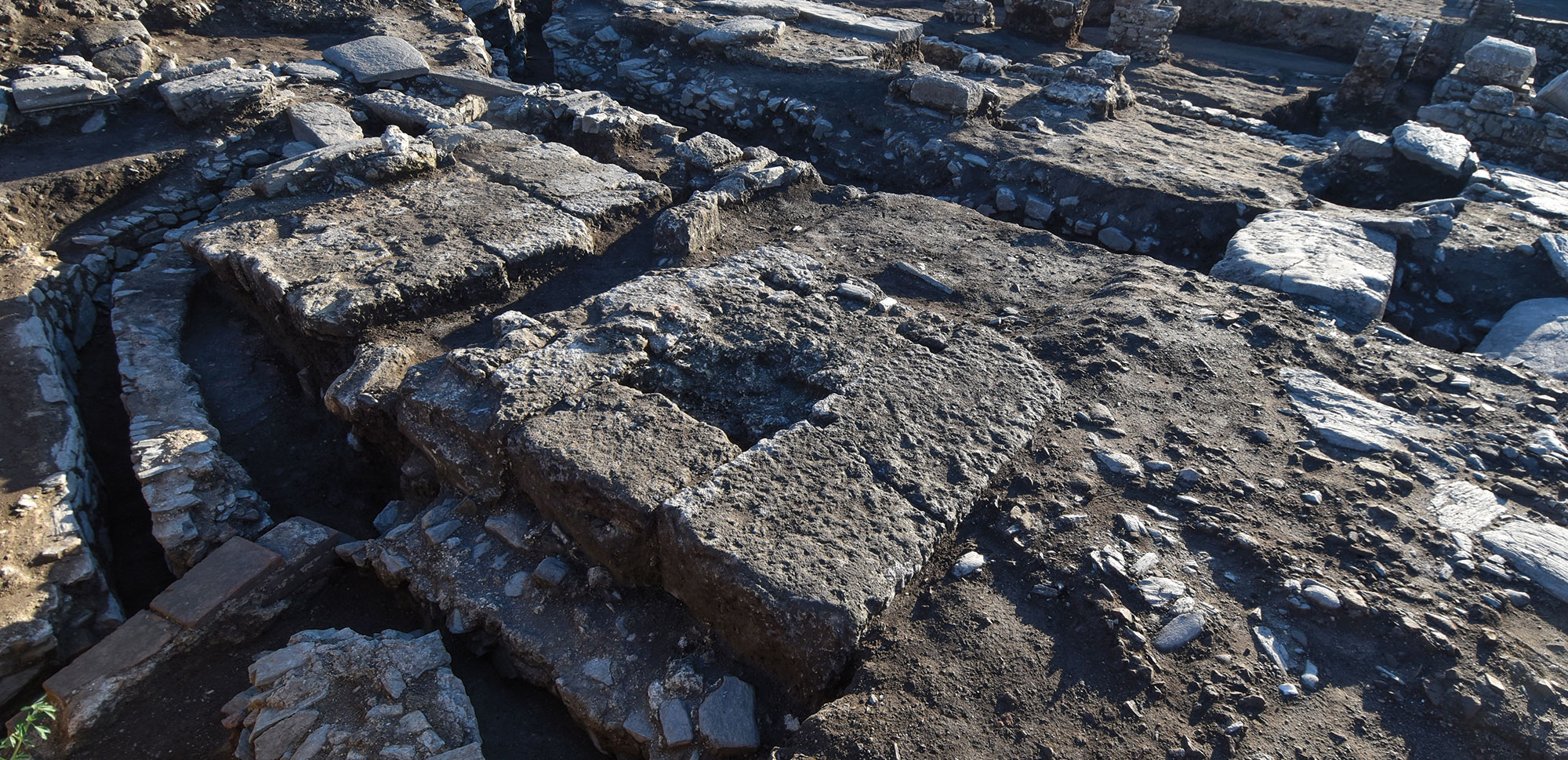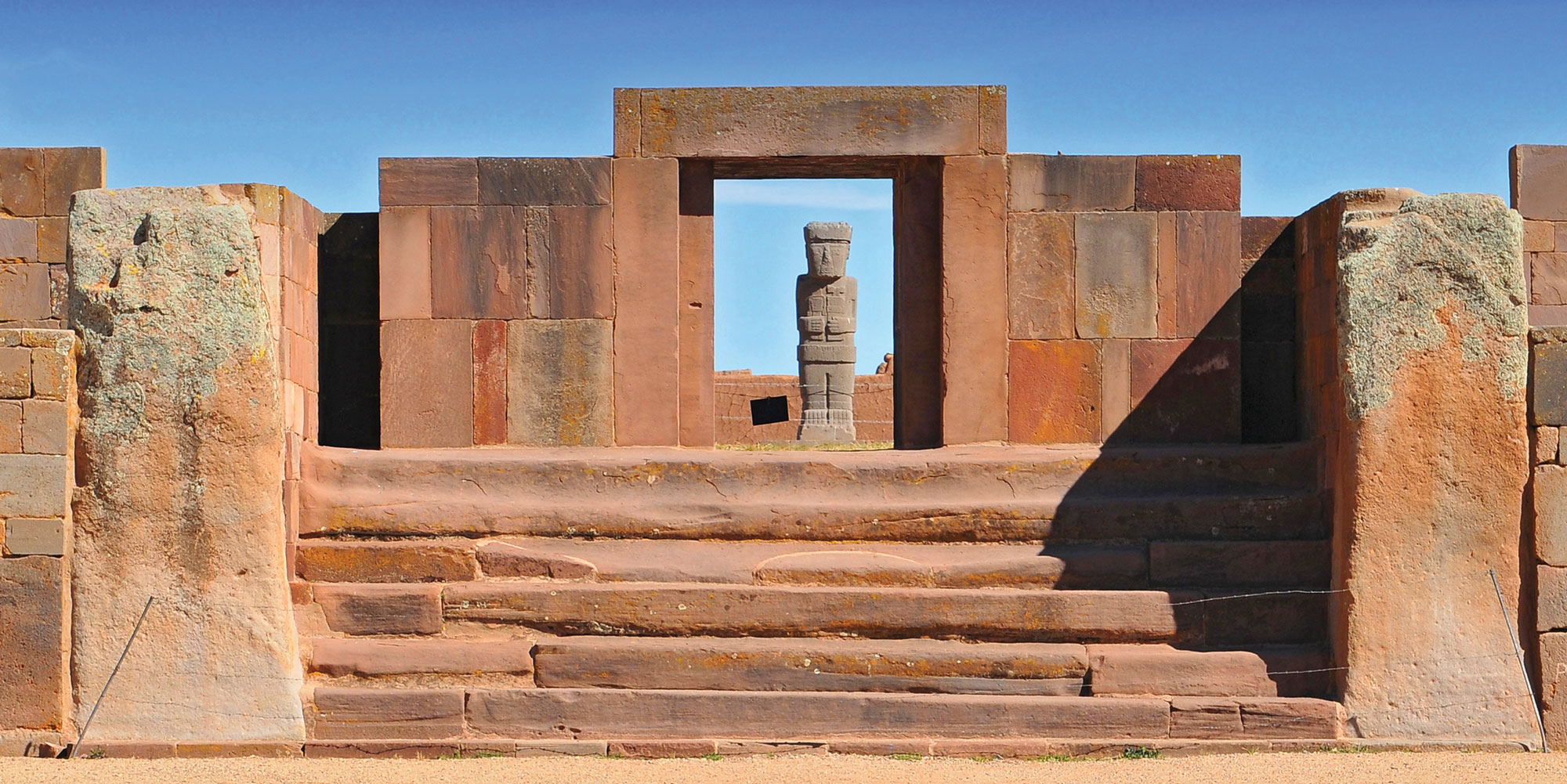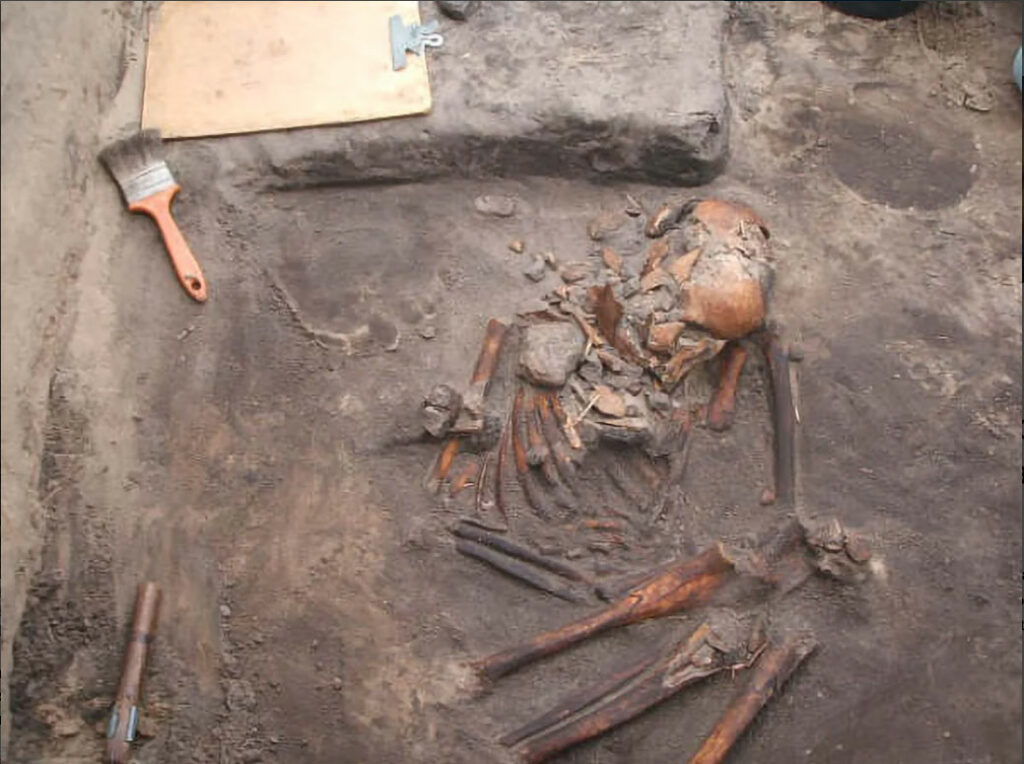
SANTA CATARINA, BRAZIL—According to a statement released by the São Paulo Research Foundation, an international team of researchers led by Jéssica Mendes Cardoso of the Museum of Archaeology and Ethnology at the University of São Paulo (MAE-USP) and the University of Toulouse suggests that contrary to what had been previously thought, the ancestors of the Southern Jê of the Santa Catarina uplands did not displace the people who built shell middens and burial mounds, known as sambaquis, along the coast of southeastern Brazil for more than 5,000 years. Analysis of isotopes in the bones of eight people recovered from the coastal shell middens at the archaeological site known as Galheta IV showed that they had always eaten marine foods and lived on the coast. Fabiana Merencio of MAE-USP and the Federal University of Santa Catarina added that a new analysis of pottery from Galheta IV indicates that it is not related to pottery made by people living in the highlands, as had been previously thought, but more closely resembles pottery found at coastal sites to the north and the south. In addition, pottery from Galheta IV has been dated to 1,300 years ago, while pottery from the uplands was made more recently, just 1,000 years ago. The researchers now think that the changes observed in the last middens built at Galheta IV could have been caused by contact between the sambaquis builders and the ancestors of the Southern Jê, changes in sea levels, and changes in the supply of seasonal foods and shellfish—the raw material for building shell mounds, Mendes Cardoso explained. Read the original scholarly article about this research in PLOS ONE. To read about Indigenous shark hunters in coastal Brazil, go to "Around the World: Brazil."


